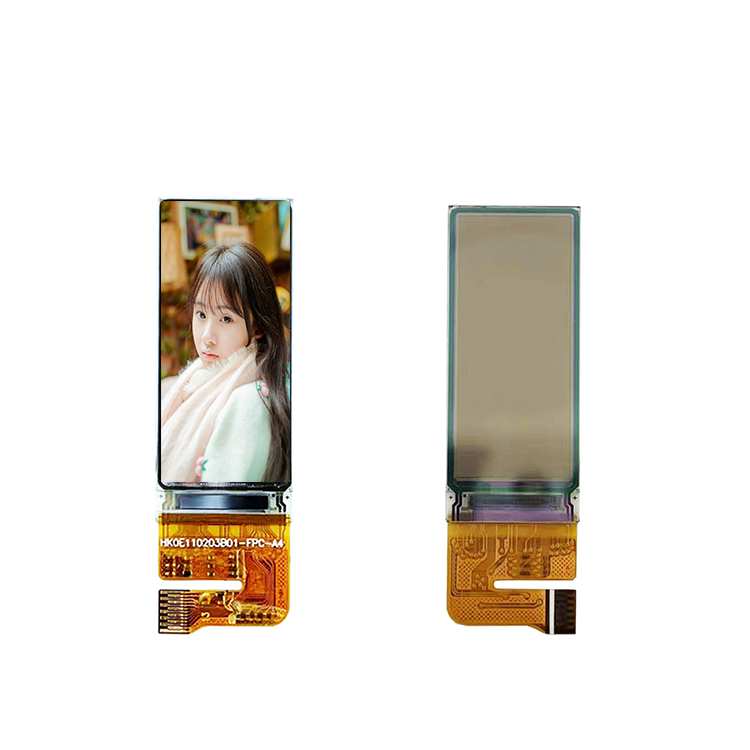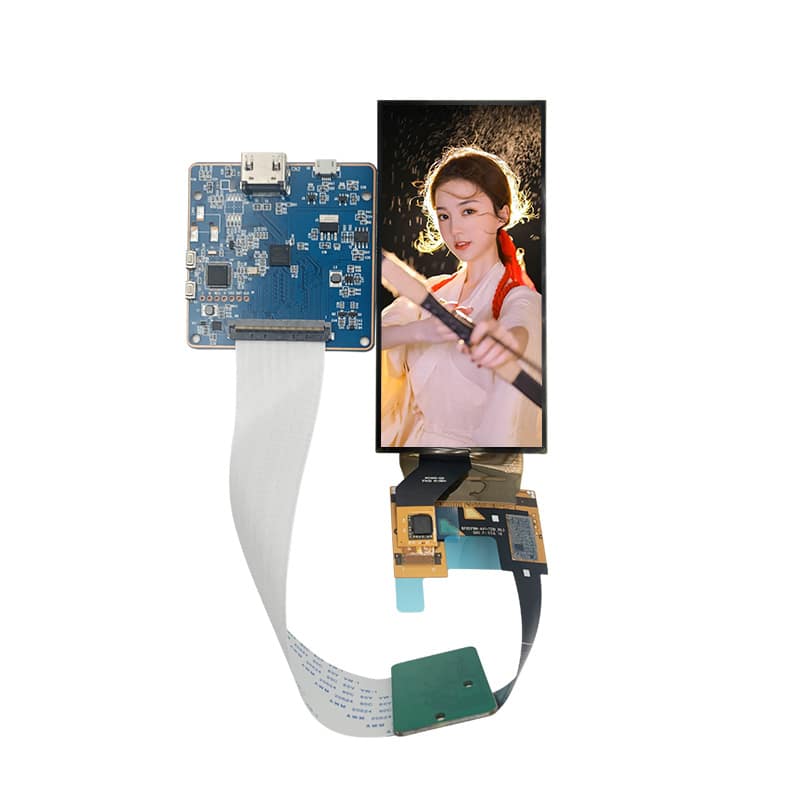LCD Modules: The Heart of Modern Display Technology – A Comprehensive Guide

In today’s fast-paced world, digital interfaces have become an integral part of our daily lives, from smartphones to smart homes, industrial automation, and even retail displays. One such essential component that drives these interfaces is the LCD module, short for Liquid Crystal Display Module. These devices are the building blocks of modern visual communication, providing crisp, clear images and reliable performance across various applications. Among the many brands available in the market, Chancedisplay stands out as a trusted name for high-quality LCD modules.
LCD technology, which was first introduced in the late 1960s, has evolved significantly since then. It relies on a unique property of liquid crystals, which can change their orientation in response to an electric field. This property allows for the creation of images by manipulating the light passing through the module. The basic structure of an LCD module consists of several layers, including a backlight, a polarizer, a twisted nematic layer (TN, STN, or other types), and an array of pixel electrodes.
There are several types of lcd modules, each designed for specific use cases:

1. TN (Twisted Nematic) LCD: The most common and affordable type, TN panels offer decent contrast but suffer from limited viewing angles and slow response times. They are suitable for basic applications like calculators and small appliances.
2. STN (Super Twisted Nematic) and CSTN (Cholesteric STN): These variants offer improved viewing angles and faster response times compared to TN, making them popular for mid-range devices like watches and GPS units.
3. IPS (In-Plane Switching) and IGZO (Indium-Gallium-Zinc-Oxide): Offering wider viewing angles and better color accuracy, IPS and IGZO panels are widely used in smartphones, tablets, and computer monitors. These panels provide a more natural viewing experience.

4. OLED (Organic Light Emitting Diodes): Though not technically an LCD, OLEDs are worth mentioning due to their exceptional contrast and vibrant colors. However, they are more expensive and less durable than LCD alternatives.
Chancedisplay, a renowned brand in the LCD industry, specializes in manufacturing high-performance modules, particularly focusing on IPS and IGZO technologies. Their products are known for their durability, low power consumption, and excellent color reproduction. Chancedisplay’s commitment to quality ensures that their lcd modules consistently meet the demands of various industries, including automotive, signage, and consumer electronics.
When selecting an LCD module, several factors need to be considered:
1. Screen Size and Resolution: The size and resolution of the module should match the intended application. For instance, a smaller module might be ideal for a smartwatch, while a larger one would be suitable for a public display system.
2. Viewing Angles: The wider the viewing angles, the more versatile the module. IPS and IGZO panels from CHANCEDISPLAY excel in this aspect.
3. Response Time: Faster response times result in smoother animations and reduced motion blur, making it crucial for gaming or video playback devices.
4. Brightness and Contrast: High brightness ensures visibility in outdoor environments, while good contrast enhances image quality.
5. Connectivity: The module should support the required interface standards, such as HDMI, USB, or LVDS, for seamless integration with other components.
6. Cost and Durability: While cost is always a consideration, investing in a high-quality module like those from CHANCEDISPLAY pays off in the long run due to lower maintenance and replacement costs.
7. Environmental Factors: Some applications may require ruggedized or anti-glare panels to withstand harsh conditions.
In conclusion, LCD modules have revolutionized the way we interact with digital devices, and Chancedisplay is a reliable brand that offers top-notch solutions. As technology continues to advance, LCDs will only become more sophisticated, with brands like CHANCEDISPLAY at the forefront of innovation. By choosing the right LCD module for your project, you can ensure a seamless user experience and contribute to the ever-evolving landscape of digital interfaces.


